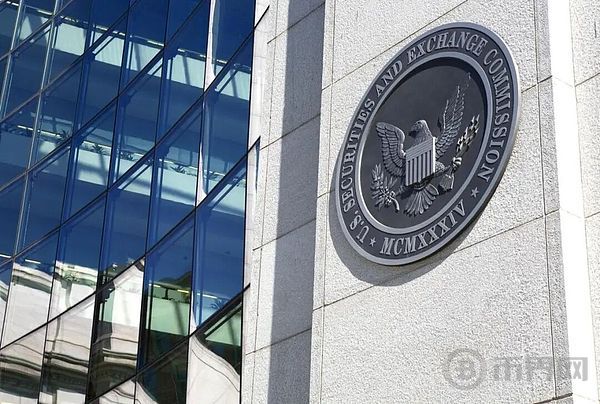J.Jill's Dividend Gambit: Balancing Prudence and Shareholder Returns in a Fragile Retail Landscape
- J.Jill boosts dividend and share buybacks to balance prudence with shareholder returns. - 14.3% dividend hike and $25M buyback contrast with peers' higher payout ratios and debt risks. - High debt-to-equity (7.36) and retail sector volatility raise sustainability concerns for aggressive returns. - Q2 2025 earnings (Sept 3) will test if growth and EBITDA projections justify the strategy.
In the aftermath of a decade marked by retail sector upheaval, J. Jill , Inc. (NYSE: JILL) has emerged as a case study in the delicate art of balancing financial prudence with aggressive shareholder returns. The company's recent decision to raise its quarterly dividend by 14.3%—to $0.08 per share—together with a $25 million share repurchase program, has sparked both admiration and skepticism. For investors, the question is whether J.Jill's strategy reflects a disciplined approach to capital allocation or a risky overreach in a sector still grappling with post-pandemic volatility.
The Dividend Playbook: Growth, Payouts, and Prudence
J.Jill's dividend increase, announced in December 2024, was not a mere gesture. It was a calculated move, underpinned by $47.3 million in free cash flow for fiscal 2024 and a cash balance of $35.8 million. The company's payout ratio—14.29% based on trailing earnings—suggests ample room to sustain or even grow the dividend. By comparison, peers like Kohl's Corporation (KHC) operate with a payout ratio of 46.98%, a stark contrast that highlights J.Jill's conservative approach.
Yet the company's debt-to-equity ratio of 7.36 as of April 30, 2024, raises eyebrows. While this is lower than Victoria's Secret & Co.'s 4.378, it remains a red flag in an industry where liquidity is king. J.Jill's management, however, argues that its disciplined operating model—18 of the last 20 quarters of comp sales growth and 20 consecutive quarters of adjusted EBITDA growth—provides a buffer against macroeconomic headwinds.
A Retail Sector in Transition
The post-pandemic retail landscape is a patchwork of resilience and fragility. While physical retail remains dominant (accounting for 80% of U.S. transactions), discretionary categories like apparel face unique challenges. J.Jill's niche in curated women's fashion positions it to capitalize on trends like athleisure and omnichannel shopping, but it also exposes the company to inventory risks and shifting consumer preferences.
Industry comparisons reveal a mixed picture. The retail - cyclical sector's median dividend yield in 2025 is 2.475%, with J.Jill's 1.74% trailing yield placing it in the lower half. However, its forward yield of 1.87% and a share price of $17.09 suggest potential for upward movement. The company's 43% direct-to-consumer sales penetration and a new order management system further bolster its ability to adapt to digital commerce trends.
The Risks of Ambition
J.Jill's strategy is not without peril. A 14.3% dividend increase in a sector where many retailers are prioritizing reinvestment over payouts is bold. The company's $25 million share repurchase program, while funded by existing cash and future free cash flow, could strain liquidity if sales growth slows. For context, the retail sector's net absorption of retail space remains negative (-7.5 million square feet as of Q2 2025), and vacancy rates hover near 4.3%, signaling ongoing structural challenges.
Moreover, J.Jill's debt load—though manageable today—could become a liability if interest rates remain elevated or if consumer spending falters. The company's projected adjusted EBITDA of $101–$106 million in 2025 is encouraging, but it hinges on maintaining comp sales growth of 1–3%. A misstep in this range could force a reassessment of capital allocation priorities.
Investment Implications: A Calculated Bet
For investors, J.Jill's dividend strategy represents a calculated bet on its ability to outperform in a fragmented market. The company's low payout ratio and strong cash flow generation provide a margin of safety, while its focus on omnichannel innovation and store growth offers long-term upside. However, the high debt-to-equity ratio and sector-specific risks mean this is not a defensive play.
The key inflection point will be J.Jill's Q2 2025 earnings report, due on September 3, 2025. A strong performance could validate the company's aggressive capital return approach, while a slowdown in comp sales or EBITDA margins would test the sustainability of its dividend.
Conclusion: A Model for the New Retail Era?
J.Jill's approach to shareholder returns is emblematic of a broader shift in retail: a focus on agility, customer-centricity, and disciplined capital allocation. While its debt levels and sector volatility pose risks, the company's ability to generate free cash flow and execute on its growth initiatives suggests it is navigating the post-pandemic landscape with a blend of caution and ambition.
For investors willing to tolerate the inherent risks of a discretionary retail play, J.Jill offers an intriguing proposition. The dividend increase and share repurchase program are not just financial maneuvers—they are statements of confidence in a brand that has weathered the storm and is now positioning itself for a more resilient future.
In the end, the success of J.Jill's strategy will depend on its ability to balance the immediate demands of shareholders with the long-term health of its business. For now, the numbers suggest it is walking that tightrope with skill—and investors would be wise to watch closely.
Disclaimer: The content of this article solely reflects the author's opinion and does not represent the platform in any capacity. This article is not intended to serve as a reference for making investment decisions.
You may also like

How much capital can Hyperliquid’s major move "Portfolio Margin" bring?
Won-Dollar Exchange Rate Soars: Hits Critical 1480 Level for First Time in 8 Months
